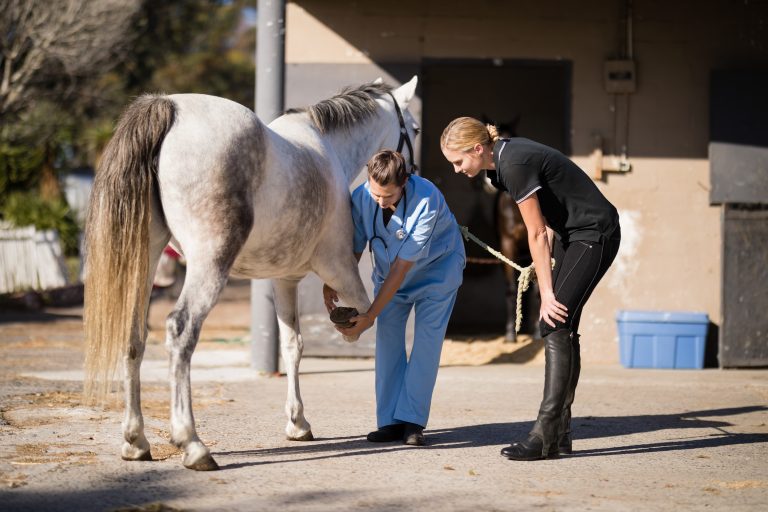
Increasing accessibility and advancements in computed tomographic (CT) imaging improve understanding of the contributors to poor performance in the Thoroughbred racehorse. The aim of this retrospective, cross-sectional analytical study was to characterize an unreported site of tarsal subchondral bone injury (SBI) in Thoroughbred racehorses.
Tarsal CT scans of 108 horses were reviewed for evidence of subchondral bone injury in the dorsodistolateral calcaneus (DDLC). Signalment, including age, breed, sex and discipline of horses, was recorded. The association of DDLC SBI with Thoroughbred racehorses compared to other breeds/disciplines was calculated. Nuclear scintigraphic scans of the hindlimbs of Thoroughbreds between 2007 and 2022 were also reviewed for increased radiopharmaceutical uptake (IRU) suggestive of DDLC SBI.
DDLC SBI was identified in tarsal CT scans of 8/108 (7.3%) horses. All lesions were found in racing Thoroughbreds and in 20% (8/40) of racing Thoroughbreds that underwent tarsal CT. DDLC SBI was determined to be the primary cause of lameness in 3/8 animals. Third tarsal bone fracture was considered the primary cause of lameness in a further 3/8 horses. A total of 1663 nuclear scintigraphic scans of 1603 Thoroughbred horses were reviewed. Increased IRU in the DDLC was present in 13 horses (0.9%).
Bottom Line
The DDLC is a previously unreported site of SBI in the Thoroughbred racehorse. The lesion can be the primary source of lameness but may also be found in horses with other clinically relevant osseous injuries.








